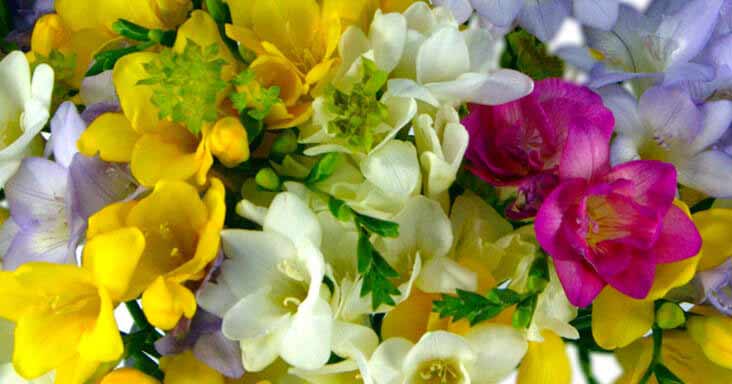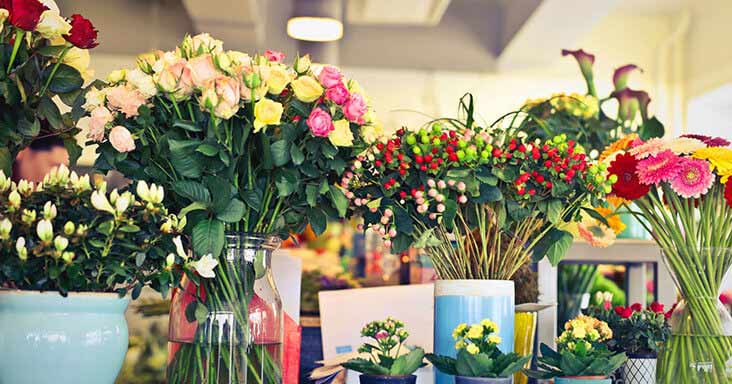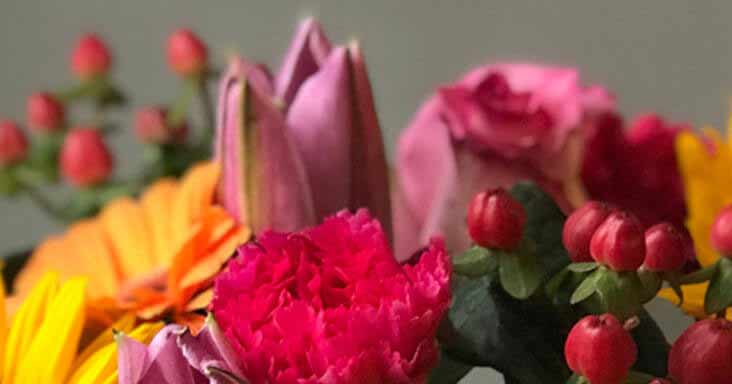Saying goodbye to the harsh winter months and welcoming spring is a celebration for many countries around the world. Each country has their own traditions and some date back to thousands of years.
Check out the 5 favourite spring traditions around the world:
#1: India - Holi
Holi, a colourful celebration, usually takes place in late February or early March, and it represents the triumph of good over bad.
Despite the Holi festival is originated on the Hindu tradition, it is already a part of the culture of other countries. As a way to welcome spring, people participate in parties and bonfires the night before the festival. On the Holi day, people gather around on the streets for an enormous color fight, where they throw dyed powder onto each other.
#2: The Netherlands - Bloemencorso Bollenstreek
One of the best spring festivals in The Netherlands is the Flower Parade of Bollenstreek. The parade is constructed using only bulb flowers like tulips, daffodils, and hyacinths. This comes from the old tradition of the country being abundant of flowers.
The Flower Parade of Bollenstreek will last about 40 km (24 miles) and every year on April, hundreds of thousands of people gather to see it pass through.
#3: Poland - Marzanna
The spring festival with most tradition in Poland is called the Marzanna and it began in the 16h century. The Marzanna is a doll that is usually made of straw and symbolizes the cold winter. Some Polish call the festival the drowning of the Marzanna, which means to say goodbye to the winter and welcoming spring. So, every year, there is a parade of the Marzannas where people gather and take them onto the river, where they will be tossed into the water.
#4: UK - May Day Festival
The May Day Festival is an old spring tradition that usually takes place o the 1st of May. The celebration today is different than it was when it began in pre-Christians times. During this period, this festival was meant to celebrate the soil richness by honouring Roman - the goddess of flowers. Today, the customs vary on this day.
#5: Switzerland - Sechseläuten
In Switzerland, the end of the winter is celebrated with snowman burning on a stake. The snowman, know as the Böögg, is part of the tradition every since the 16th century. Usually, it is filled with explosives.
One interesting thing is that today, people look at the time that the Böögg takes to burn to predict the summer weather. The slower the fire is to get to the head of the snowman, the worst the conditions should be. If the Böögg explodes between the first 6 and 10 minutes, the summer should be dry while if it takes a bit longer to explode (between the 10 and 15 minutes), the summer should be rainy.





